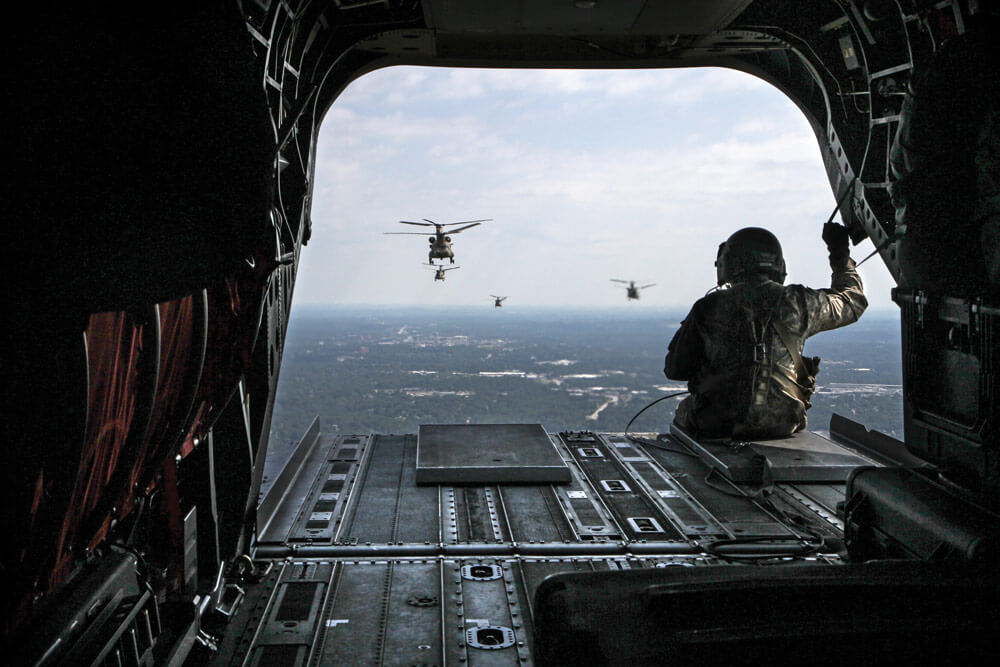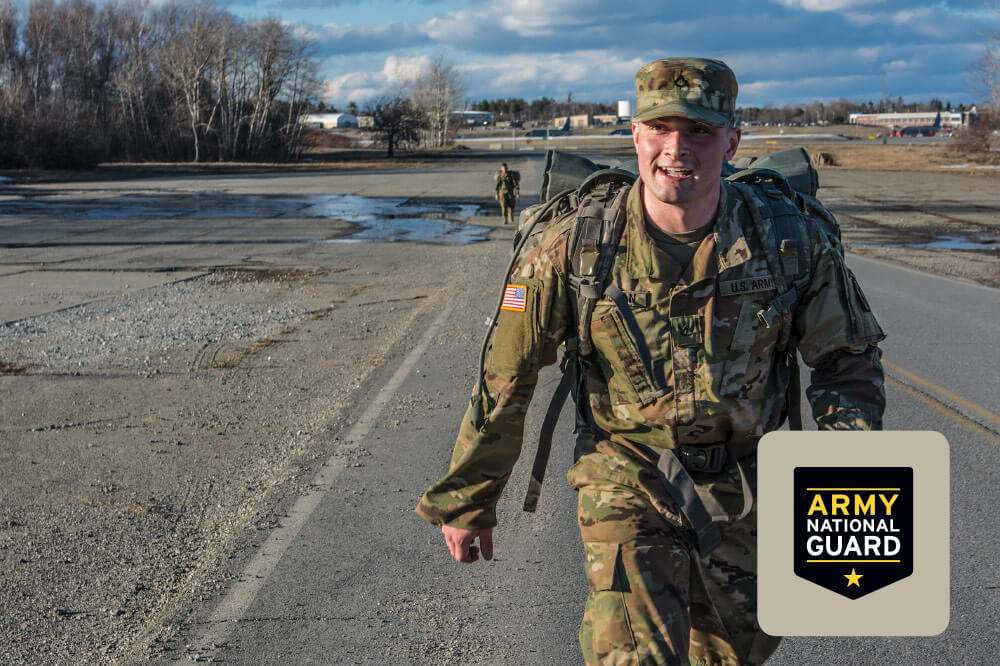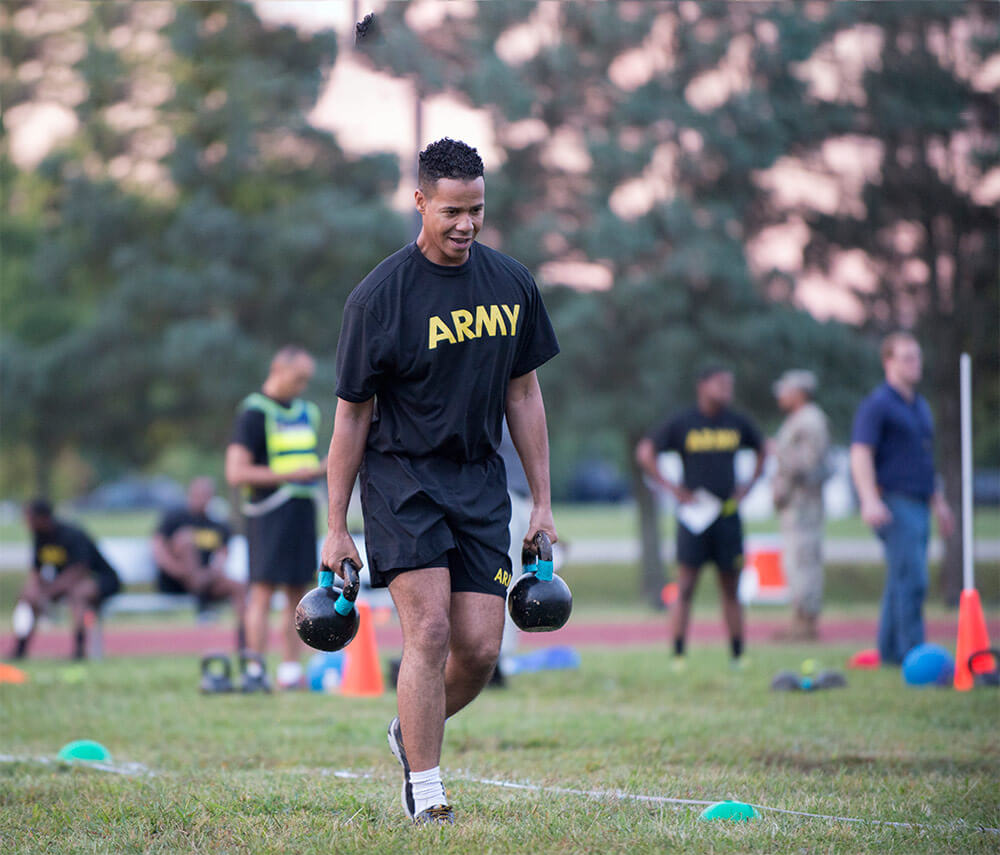Aligned with the plan to increase training days is an increase in deployments.
In December 2016, more than 450 Soldiers of the 29th Infantry Division headquarters deployed to the Middle East. They were the second of two Army National Guard division headquarters to be deployed to a forward location, making it the first time two Guard division headquarters had been forward deployed simultaneously since the Korean War.
This exemplifies the initiative to increase deployments by Army National Guard Soldiers. The increase in deployments is a realization of the Army’s Total Force policy, which encourages greater integration of the Army’s component forces: active duty, the Army Reserve and the Army National Guard. By encouraging collaboration and integration between the three forces, a greater sense of readiness and preparedness can be realized within the Total Force.
“Supporting Family readiness is always a priority for the Guard. Programs like the National Guard Family Program offer information and resources specifically geared toward Family members.”
A fitting example of Total Force is the Georgia Army National Guard’s 3rd Infantry Division Main Command Post Operational Detachment (3ID MCPOD). The 3ID MCPOD is a unit of both active duty and Guard Soldiers that recently deployed to Afghanistan for nine months.
The 3ID MCPOD’s deployment to Afghanistan, and the growing use of Guard Soldiers in MCPODs, embody the push for the Army National Guard to be a more continuous component of the Army. In MCPODs, Guard Soldiers support active Army headquarter elements that have been downsized.
MCPODs can have up to 100 Soldiers from Guard and Army Reserve units, primarily with intelligence, civil affairs, engineering, signal operations and sustainer MOSs. Adding additional support from the Guard in areas such as operations, logistics and intelligence allows active duty and headquarters divisions that were cut from about 700 Soldiers to 500 to be rounded out. There are plans to stand up 13 MCPODs. As part of these units, Guard Soldiers receive the opportunity to boost their capabilities and overall readiness.
The initiative to increase deployments has also been seen in training exercises like Talisman Saber (a training exercise in Australia) and Saber Guardian (a training exercise spanning Romania, Hungary and Bulgaria). Guard Soldiers participating in these exercises trained and worked side by side with active duty Soldiers. While these exercises were for training purposes, they remind us that Guard Soldiers need to be always ready to deploy overseas when needed.
While most Guard Families already know to expect the possibility of deployment, unexpected challenges may sometimes arise. Supporting Family readiness is always a priority for the Guard. Programs like the National Guard Family Program offer information and resources specifically geared toward Family members. These programs help Soldiers and Families feel knowledgeable, ready and supported during their entire deployment cycle.
By Staff Writer Tatyana White-Jenkins



